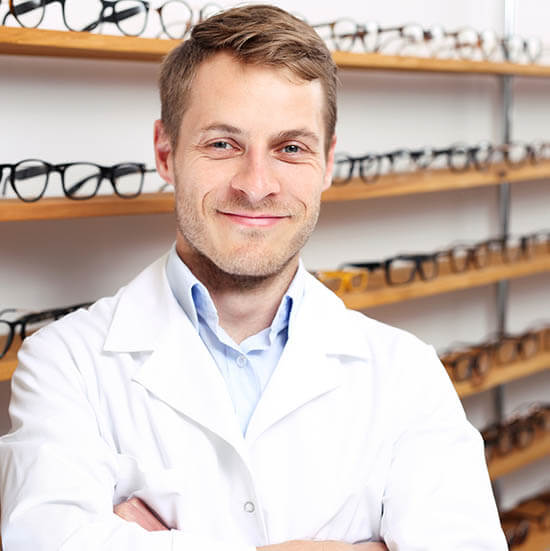We Welcome Your Family To Our Practice
Vision is all about the way our brains and eyes interact. Whether it’s reading words on the board, catching a ball, or tying our shoelaces, we depend on our visual system to work properly in order to succeed at any of these tasks.
This is because vision isn’t just what we see, it’s how we interpret and interact with that information. In fact, you can have perfect visual acuity―able to rattle off all the symbols on the reading chart―but still struggle with dyslexia, poor focus, hand-eye coordination, or vision conditions like strabismus, amblyopia, or convergence insufficiency.

What Is Vision Therapy?
Vision Therapy helps patients improve their foundation for reading, learning and playing sports. It’s a series of custom and individualized activities and exercises which function as a form of neuro-optometric rehabilitation.
In other works, Vision Therapy retrains the brain to more effectively interact with the eyes and therefore improve vision functioning. The goal is to enhance eye tracking, focusing and eye teaming abilities as well as eye-hand coordination and visual processing speed.
The program is not only for children. Vision Therapy is effective for adults, especially if they are motivated to improve their visual abilities.
Dyslexia, Learning Disabilities & ADD/ADHD



Vision Therapy For The Special Needs Community



Meet Our Doctor







